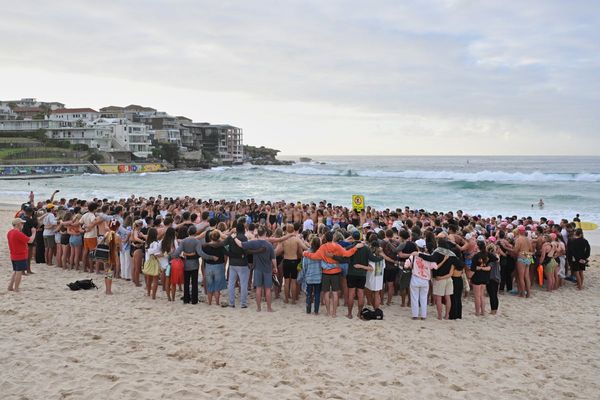
The launch is scheduled at 11.46 am on Saturday, said the national space agency. Asked about the passengers aboard the rocket, a senior ISRO official said, " The mission includes EOS-06 (Oceansat-3) plus eight nano satellites (BhutanSat, 'Anand' from Pixxel, Thybolt two numbers from Dhruva Space, and Astrocast - four numbers from Spaceflight USA).
Separately, the Indian space agency's Vikram Sarabhai Space Centre has conducted the Integrated Main Parachute Airdrop Test (IMAT) of its crew module deceleration system for maiden Gaganyaan human spaceflight programme on Sunday.
The parachute airdrop was conducted n Jhansi district of Uttar Pradesh.
The Gaganyaan deceleration system consists of three main parachutes, besides the smaller ACS, pilot, and drogue parachutes, to reduce the speed of the crew module to safe levels during its landing, ISRO said in a statement.
Two of the three main chutes are sufficient to land the astronauts on earth, and the third is redundant, ISRO said adding that the IMAT test simulated the case when one main chute failed to open. The IMAT test is the first in a series of integrated parachute airdrop tests planned to simulate different failure conditions of the parachute system before it is deemed qualified to be used in the first human spaceflight mission.
In this test, a five-tonne dummy mass, equivalent to the crew module mass, was taken to an altitude of 2.5 kilometres and dropped using the Indian Air Force's IL-76 aircraft. Two small pyro-based mortar-deployed pilot parachutes then pulled the main parachutes.
""The fully inflated main parachutes reduced the payload speed to a safe landing speed. The entire sequence lasted about 2-3 minutes as the scientists watched the different phases of the deployment sequence unfold with bated breath," ISRO said in a statement.
The design and development of the parachute-based deceleration system is a joint venture of ISRO and the Defence Research and Development Organisation (DRDO).







